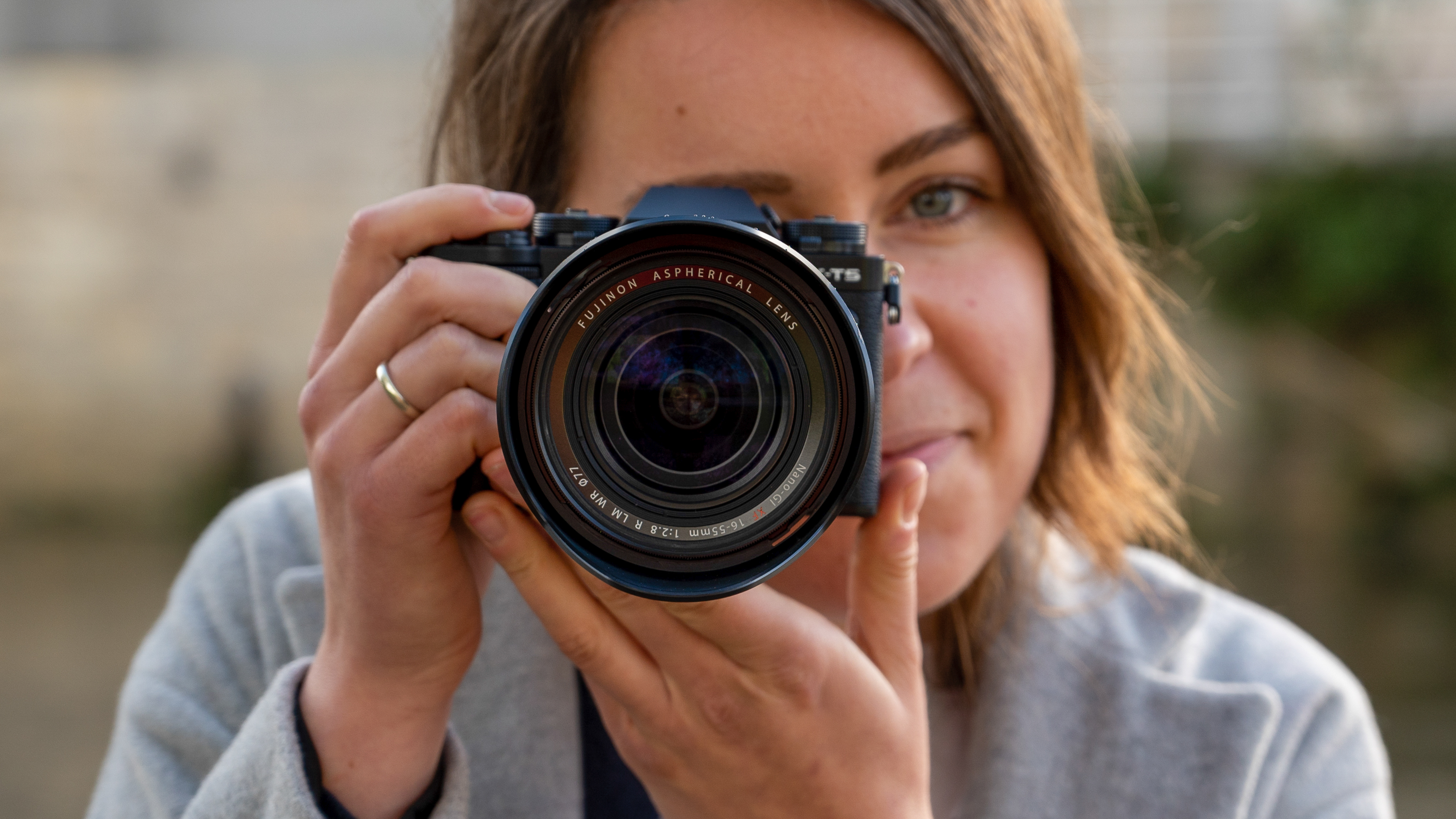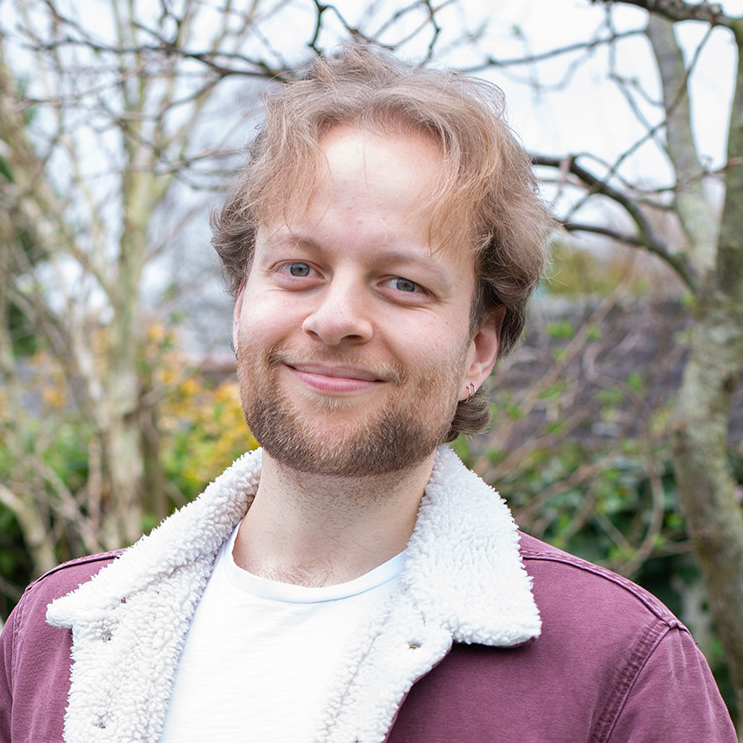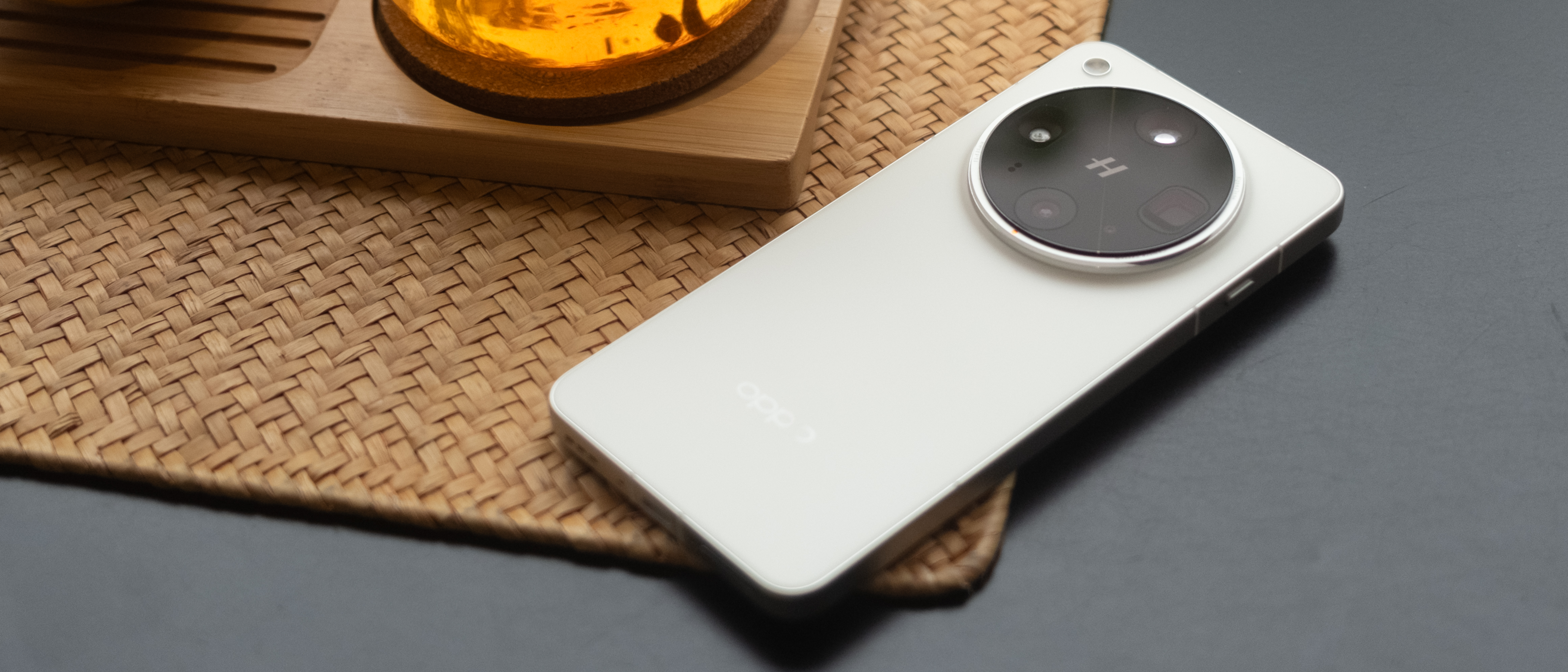In this new world of AI, photography will live and die by how transparent we photographers choose to be about the images we create
AI can create an image but it cannot take a photograph. Photography has a chance to become more relevant than ever – but transparency is key

AI is here to stay and with each passing day, it seems like I see more AI imagery on social media, websites, YouTube and even on television. I may not like it, but I know it’s something that I and every other photographer have to live with. And that’s precisely why it’s so important that we differentiate our photography from AI-generated imagery.
The old adage "the camera never lies" was dispelled even in the film days, with various photography hoaxes including the Cottingley Fairies and the surgeon’s photo of the Loch Ness Monster. The digital revolution and the advent of the best photo editing software perpetuated the fact that photographs can be easily faked or disingenuous.
But as we witness the rise and rise of artificial intelligence, photography’s only hope of remaining relevant is reminding society that AI-generated imagery is not photography. Photography is the process of gathering light and exposing a light-sensitive surface. Until AI robots start carrying around cameras, it is impossible for AI to create a real photograph.
So how do we differentiate our photography from AI imagery? Well, I think we need to be more transparent about our image-making processes. You see, I’ve lost count of how often I’ve seen a real photograph on Instagram, only to find comments accusing it of being AI-generated, when it's not.
Now, I’m not suggesting that we supply EXIF data and behind-the-scenes imagery with every photo. But I am suggesting being more transparent, especially when it comes to editing. Image editing can be a bit of a sore subject for some photographers. So many that I talk to proudly declare that they hardly edit their images, but what constitutes 'heavy' or 'soft' editing is entirely subjective. On more than one occasion a supposedly 'light' image editor has explained their process to me and I've thought it seemed pretty involved.
I don’t think we should be embarrassed about image editing; I think we should be proud of it. After all, it’s part of the image-making process. It’s arguably just as creative as capturing the photo in the first place. But I do think a narrative has been created within the photography community that sometimes looks down on image editing. And I think society feels that way, too.
But if we invite society in and are fully transparent about how we capture our photos, I’m sure people will begin to understand that photography is still photography. And that photography still provides a service that AI simply cannot. Not for the foreseeable future, at the very least.
Get the Digital Camera World Newsletter
The best camera deals, reviews, product advice, and unmissable photography news, direct to your inbox!
Photography is still an incredibly powerful medium. And in this world of AI fakery, it has the potential to become more relevant than ever.
The camera can lie. But photographers don't have to.
You may also like...
Interested in important photos? Melania Trump’s official White House photo is giving me serious 'House of Cards' vibes. Here’s my photography expert’s critique. Want to learn more about AI, here are the best AI-image generators. And why are AI-generated images of clocks always set to 10 past 10? I think I know the answer…

Mike is Digital Camera World's How To Editor. He has over a decade of experience, writing for some of the biggest specialist publications including Digital Camera, Digital Photographer and PhotoPlus: The Canon Magazine. Prior to DCW, Mike was Deputy Editor of N-Photo: The Nikon Magazine and Production Editor at Wex Photo Video, where he sharpened his skills in both the stills and videography spheres. While he's an avid motorsport photographer, his skills extend to every genre of photography – making him one of Digital Camera World's top tutors for techniques on cameras, lenses, tripods, filters and other imaging equipment – as well as sharing his expertise on shooting everything from portraits and landscapes to abstracts and architecture to wildlife and, yes, fast things going around race tracks...
You must confirm your public display name before commenting
Please logout and then login again, you will then be prompted to enter your display name.
